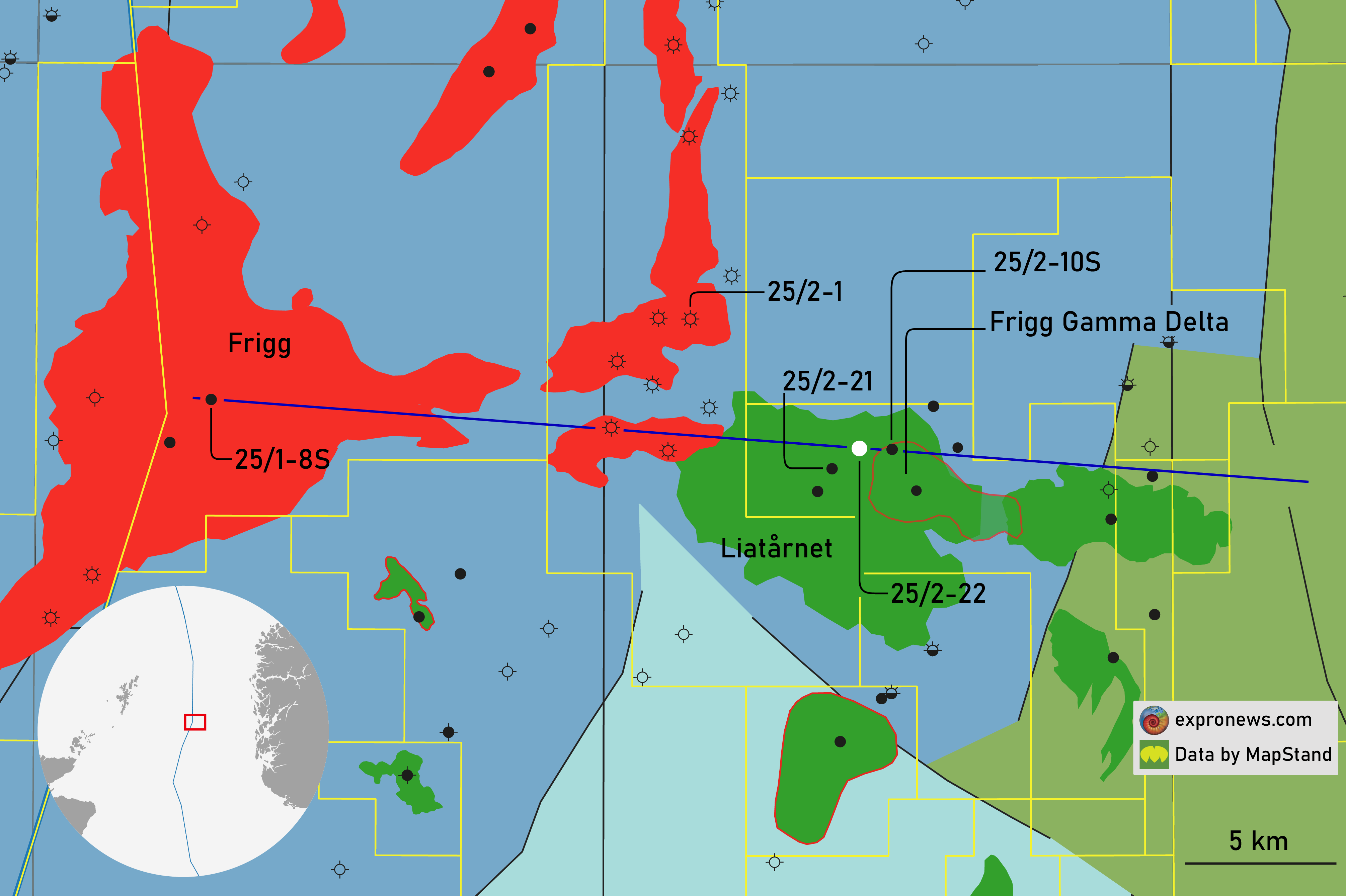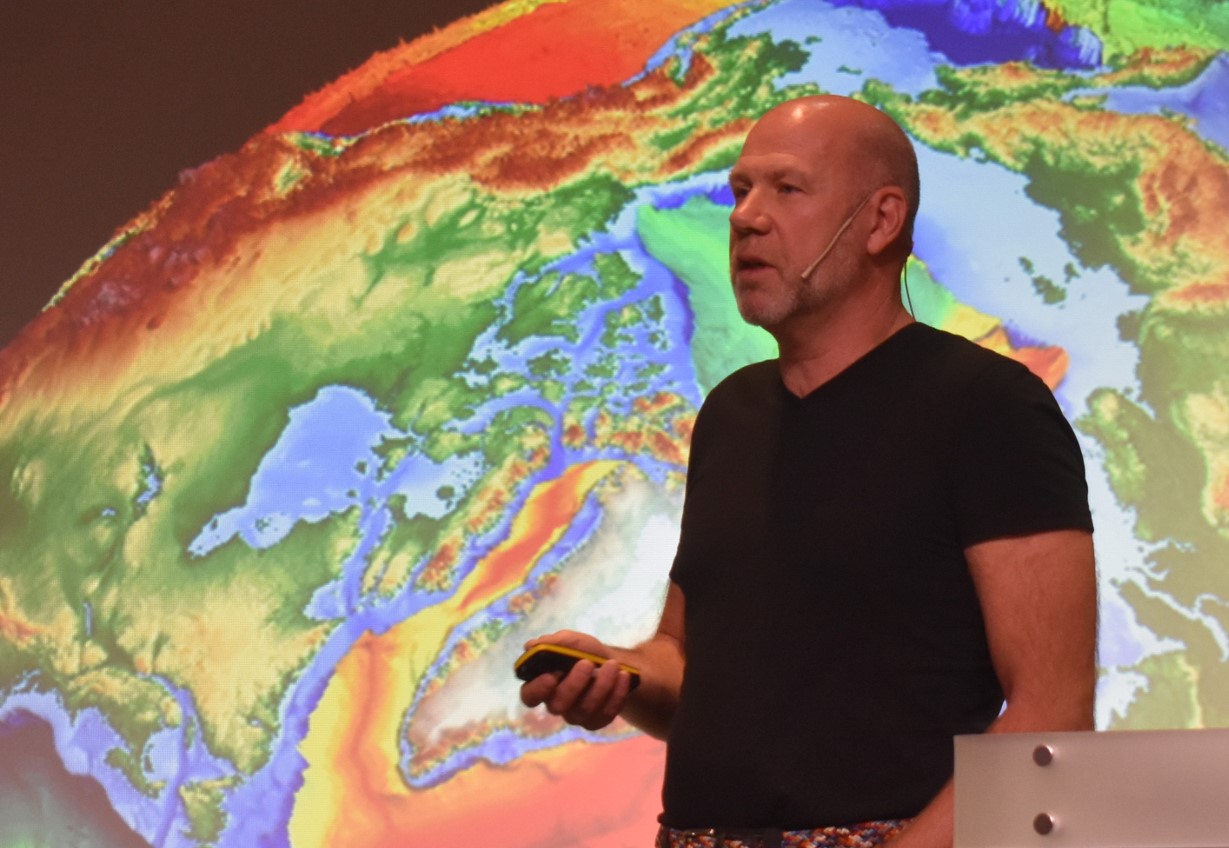“How heavy is the oil?” That will probably be the most important question operator Aker BP and partner Lotos E&P Norway (9.74%) will want to be answered with the current drilling campaign on the Liatårnet discovery.
Originally spudded in March this year but suspended soon after, drilling well 25/2-22 has recently resumed. Given the shallow depth of the reservoir – around 1000 m – a result should be expected soon.
Well 25/2-22 is located less than a kilometre towards the northeast of where 25/2-20 & 21 were drilled in 2019. These wells reconfirmed the oil column in Liatårnet, which was already proven in 1986 by 25/2-10S in 1986 when exploring for more Frigg satellite accumulations. However, back then, oil did not flow to surface and given the nearby “easy” volumes in Frigg and its satellites interest in Liatårnet must have quickly dissipated.
Even though core was cut from the Skade Formation reservoir in well 25/2-21, and oil was dripping out when it came to surface, no downhole fluid samples were obtained in 2019. With the viscosity and quality of this shallow accumulation being one of the biggest uncertainties, downhole sampling probably forms the most important element of the current drilling campaign. This must shed light on the commerciality of a discovery that is estimated to hold approximately 600-800 MMboe in place.
Read also: Once a curiosity, now a tangible opportunity and And the winner is – The oil accumulation sealed by a sand!
A unique seal
Another particular characteristic of Liatårnet is the seal. With the Skade Fm sands being sourced from the East Shetland Platform in the UK, the reservoir continues further westwards and updip from Liatårnet, but have been found dry here (see cross-section below). The most favoured explanation for this intriguing observation is the presence of a carbonate-cemented sandstone found just above the oil column.

As presented by Erling Rykkelid from Aker BP during the last NCS Exploration Conference in May this year, isotope analyses on the cemented sandstone reveal a close link between the isotopic signal of the oil and the cement. This led to the hypothesis that it was the presence of oil that promoted dissolution of feldspars and precipitation of kaolinite, driven by organic acids produced during biodegradation of the oil.
A similar cemented sandstone was also found at the base of the oil column, lending further support to the link between the presence of oil and clay mineral formation. Another purpose of the currently drilling well is to cut more core from the cemented sandstone at the top of the reservoir in order to investigate it further.
If the current well proves a success, the field will be developed as part of the planned BP/Equinor NOAKA cluster. NOAKA stands for North of Alvheim, Krafla and Askja but it also includes Fulla. First proposed in 2018, it will include a number of discoveries east of Frigg but the absence of a large core field seems to have delayed progress thus far.
HENK KOMBRINK





